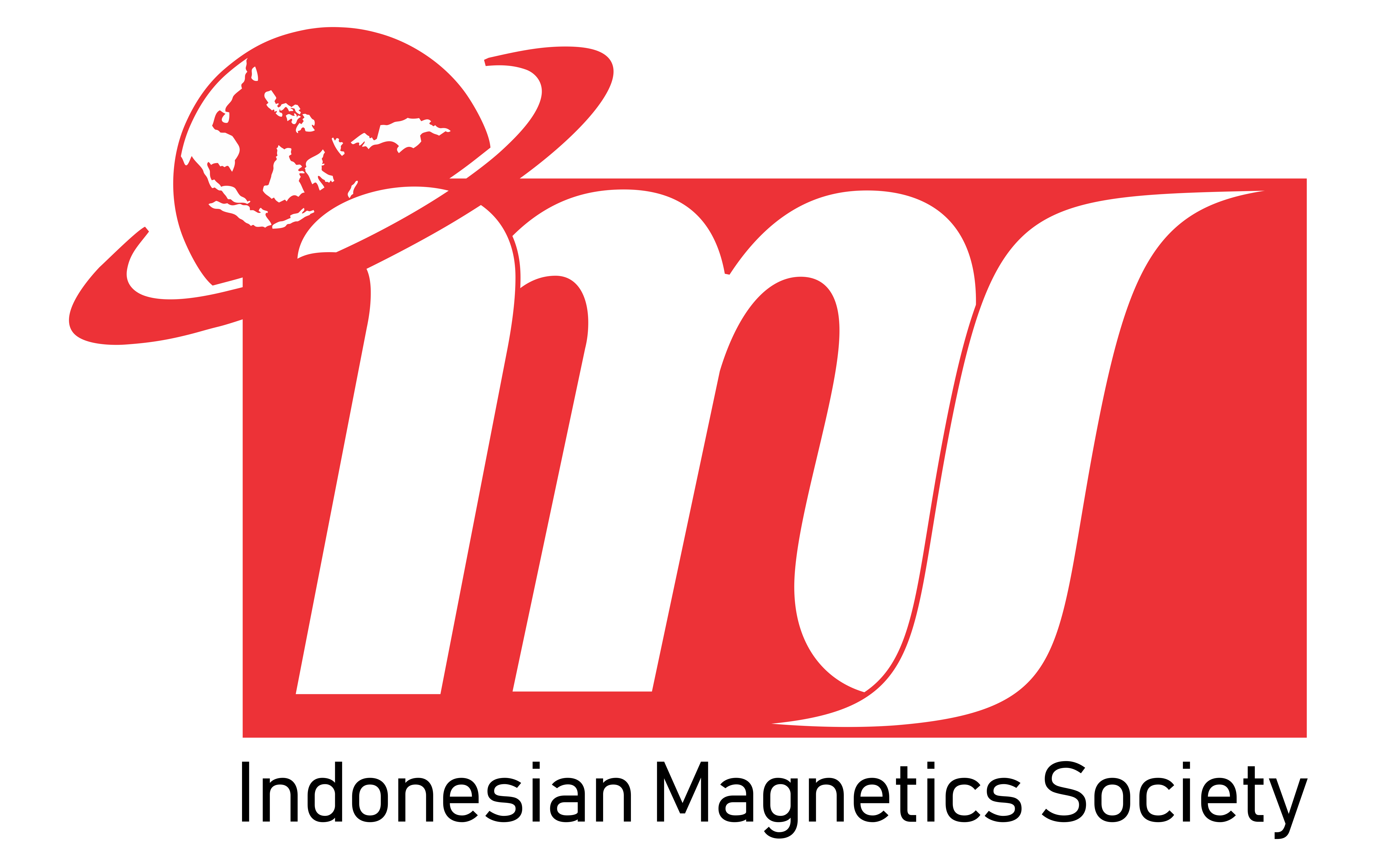The application of Scilab software in frequency mode simulation on the circular membrane
Abstract
Keywords
Full Text:
PDFReferences
Campbell, S. L., Chancelier J. P., & Nikoukhah, R. (2000). Modeling and Simulation in Scilab/Scicos. Springer
Elmore, W. C. & Heald, M. A. (1969). Physics of Waves. McGraw-Hill: United States of America
Handayani, D. N. S., Pramudya, Y., & Suparwoto. (2018). Monograf Simulasi Visualisasi Gelombang 2D dan 3D pada Membran Lingkaran dengan Software Scilab. UAD Press: Yogyakarta
Javidinejad, A. (2013). Vibration Modal Solutions Developing Of The Elastic Circular Membrane In Polar Coordinates Based On The Fourier-Bessel Series, Journal of Theoretical and Applied Mechanics, Vol. 43, No. 1, pp. 19–26
Kinsler, L. E., Frey, A. R., Coppens, A. B., & Sanders, J. V. (2000). Fundamentals of Acoustics, 4th ed. New York: John Willey & Sons.
Morse, P. M. 1948. Vibration and Sound, 2nd ed. New York: McGraw-Hill
Paulus, E., Suryani, M., Suryana, I., & Chaerani, D. (2018). Perangkat Komputasi Numerik Scilab Berbasis Open-Source: Algoritma dan Penerapannya. Deepublish Publisher: Yogyakarta
Pires, P. S. M. & Rogers, D. A. (2002). Free/Open Source Software: An Alternative For Engineering Students. 2nd ASEE/IEEE Frontiers in Education Conference ISBN 0-7803-7444-4/02
Randjawali, E. (2017). Desain Simulasi Pembentukan Bayangan pada Cermin Cembung menggunakan GUI Builder Scilab 5.5.0, Jurnal Penelitian Fisika dan Aplikasinya (JPFA), Vol 7, No 02, Desember 2017 p-ISSN: 2087-9946 e-ISSN: 2477-1775. http://dx.doi.org/10.26740/jpfa.v7n2.p102-114
Rossing, T. D. & Fletcher, N. H. (2004). Principles of Vibration and Sound 2nd Edition. Springer: New York
Sahebnasagh, M., Mirjavadi S., & Bahrami, M. N. (2011). A Novel Wave Approach Solution For Free Vibration Of Circular Membrane Using Conversion Of Standing Wave Into A Moving Wave, Journal of System Design and Dynamics, Vol.5, No. 7, pp. 1508–1517. https://doi.org/10.1299/jsdd.5.1508
Sasongko, S. B. (2010). Metode Numerik dengan Scilab. Andi Offset: Yogyakarta
Setiawardhana & Saraswati, D. A. (2018). Aplikasi Scilab dengan Arduino. Tira Smart: Tangerang
Wenjiang, L., Nanping, D., & Tongshun, F. (2009). Application of Scilab in teaching of Engineering Numerical Computations. IEEE ISBN 978-1-4244-4453-3/09
Refbacks
- There are currently no refbacks.







